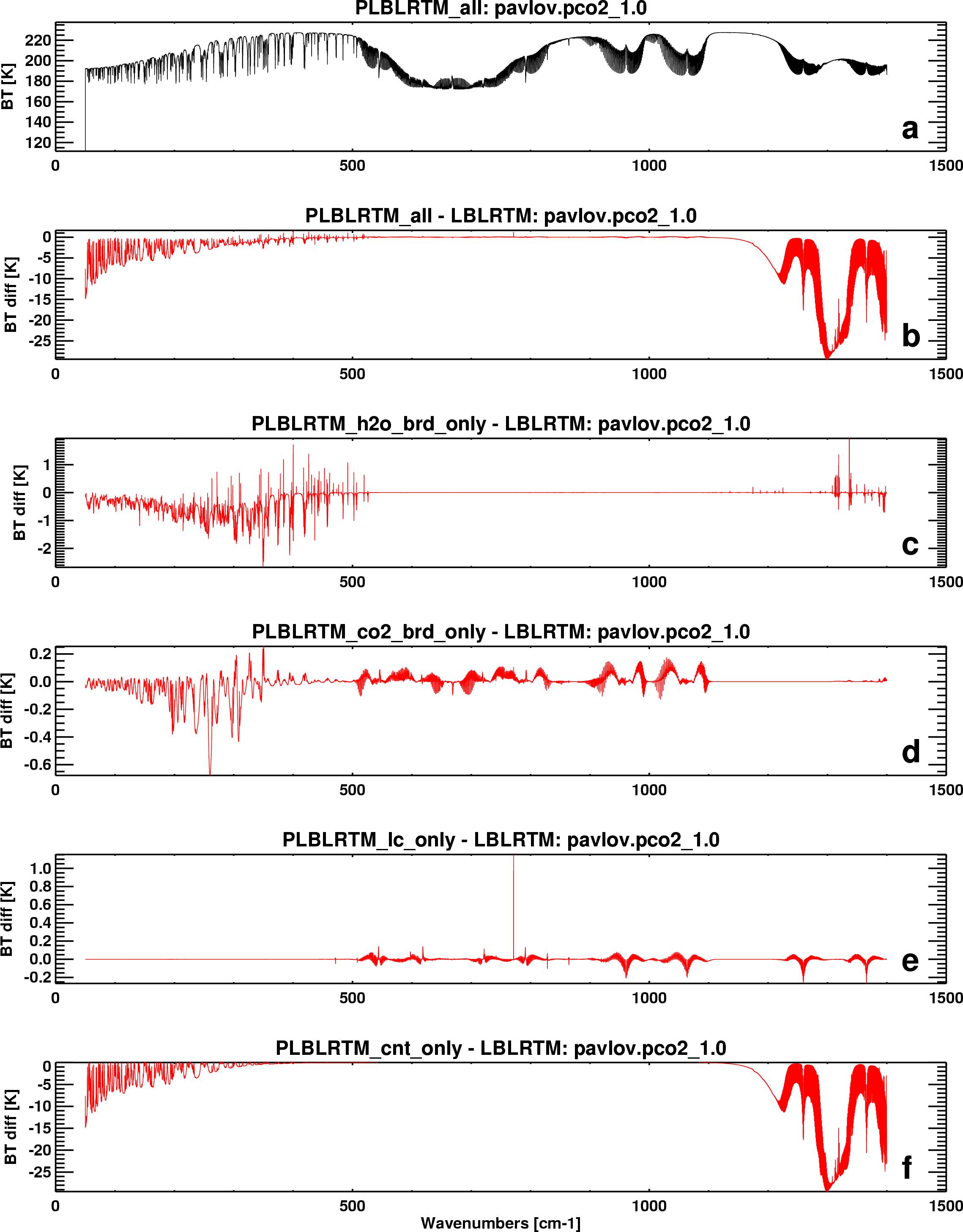

separate modules for Earth and Martian planetary properties, such as the acceleration of gravity and the mean molecular mass of the air; separate species by species broadening parameters; currently the TAPE3 files provided only contain parameters for broadening of CO2 by H2O (Brown et al., 2007) and for the temperature dependence of broadening of CO2 by CO2 (Lamouroux et al., 2012), but the TAPE3 files and code have been structured to handle broadening of the first seven HITRAN species by any of these same species; CO2 self line coupling has been included; the foreign water vapor continuum has been increased to reflect the increased widths of CO2 broadened water vapor lines (relative to air) and the increased efficiency of collisions with CO2 based derived from the CO2 collision-induced absorption (CIA); for the latter we have followed the induced dipole moment approach of Gruszka and Borysow (1997) between 0 and 250 cm-1, and included the absorption due to dimers between 1200 and 1500 cm-1 of Baranov et al. (2004).